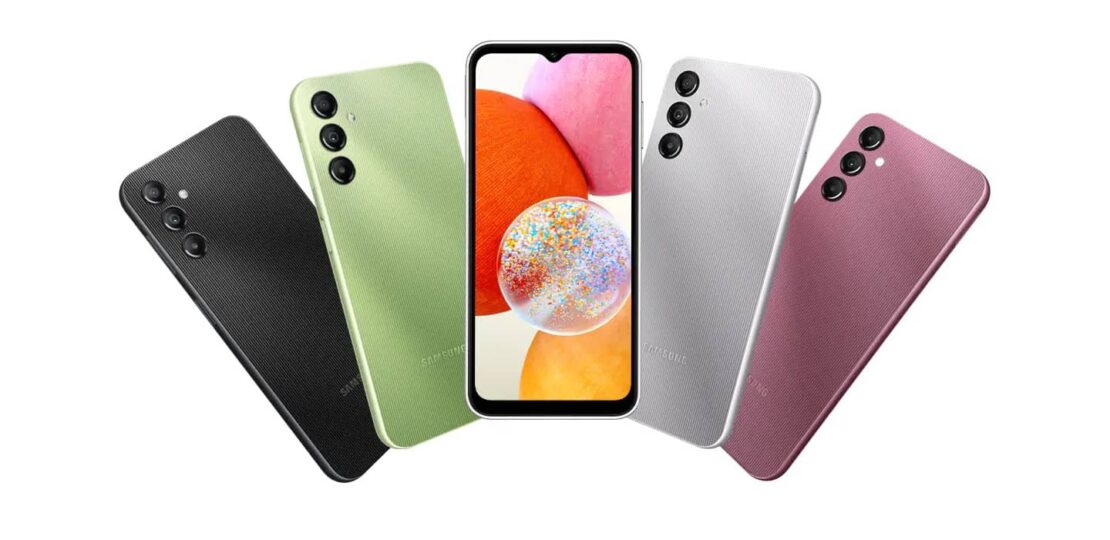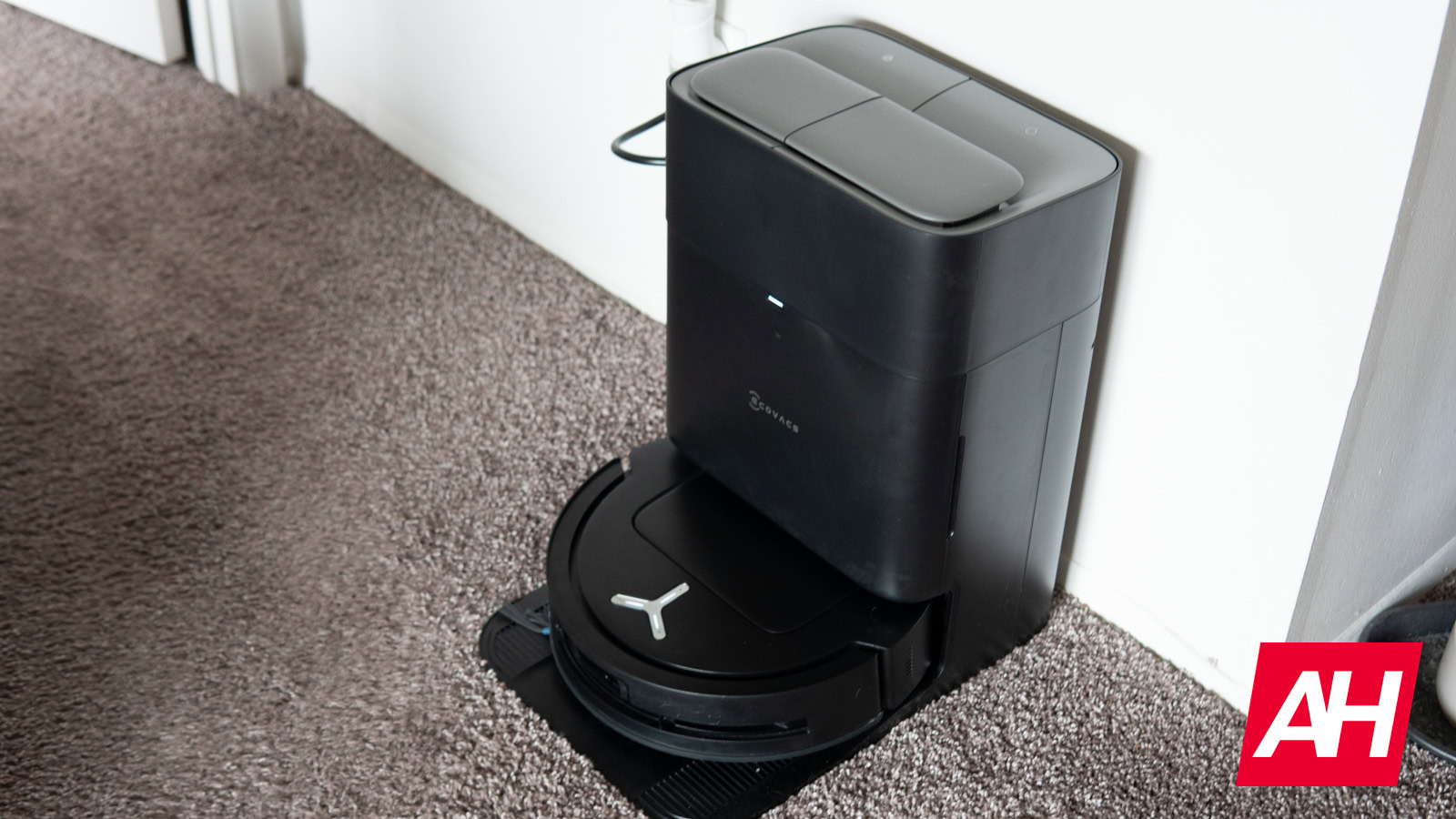
Good news for many Samsung Galaxy A14 (LTE) owners around the globe. After a bit of a wait, the Android 15-based One UI 7.0 update is now expanding its reach to more units of this popular budget smartphone. While Samsung began rolling out the stable version of One UI 7 to various Galaxy devices back in April 2025, the Galaxy A14 4G has taken a little longer to get its turn.
This highly anticipated update brings the latest features and improvements from Android 15. Of course, they are wrapped in Samsung’s own custom One UI 7.0 interface. It means A14 users can look forward to a refreshed look, new privacy controls, and likely some performance enhancements.
One UI 7 (Android 15) reaches Samsung Galaxy A14 LTE
Specifically, the wider rollout is being reported by Galaxy A14 LTE users with the SM-A145F model number. The latter is common in regions like Africa, Asia, and the Middle East. If you own this variant, your device might soon be prompting you to download a substantial software package. The update weighs in at a hefty 2,623.20MB and carries the firmware version A145FXXU9DYG5. The OTA also includes the May 2025 security patch. Since this is an affordable phone from 2023, it is just normal that it does not receive the latest security patches immediately.
If you’re eager to check if the update has arrived for your Galaxy A14 LTE, it’s a straightforward process. Simply head over to your phone’s Settings, then look to Software update, and finally tap on Download and install. Keep in mind that software updates are often released in phases. So, if you don’t see it immediately, don’t worry. Samsung is gradually pushing it out, and it should reach your device in due course.
Samsung launched the Galaxy A14 with the promise of two major Android OS updates. The device had already received Android 14 (it had Android 13 out of the box), so Android 15 is the latest. This model was born at a time when Samsung still didn’t offer flagship-level software support for its low-end models.
RELATED POSTS
View all


